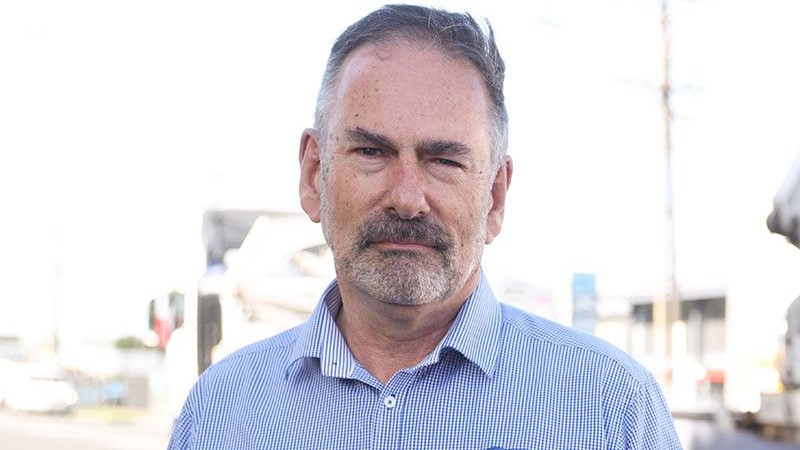Time-of-use charging: a revenue spinner or a key part of the productivity puzzle?

At some point, New Zealand will have to face up to the reality that some sort of levy, tax or usage fee will be needed to regulate traffic on our busiest roads.
But we need to ensure the tool, or tools, we choose are deployed appropriately to drive productivity and efficiencies and are not simply wielded as an opportunity for revenue generation.
Congestion charging is very much a blunt instrument, and in cities such as Auckland, commuters have limited options to utilise the network at different times of day. Why? Because network usage data suggests it is always largely at or over capacity.
Understanding the networks’ challenges is the first issue policymakers need to grapple with. In Auckland, for example, there is a finite amount of geography to work within. We are not magically creating more land, nor are we building more roads, so as we attempt to cram more people in, we are simply trying to squeeze more out of the existing road corridors until it’s at capacity and the network grinds to a halt.
This is where time-of-use charging, high- occupancy tolls and express and freight lanes need to be considered in conjunction with a workable bus and train network that gives people viable alternatives to move around the city.
Good policy shouldn’t be about revenue generation; it should be about helping people and freight move around a metropolis as easily as possible. Whatever tool you choose, a huge amount of upfront technology investment will be required. Then add general upkeep and maintenance, alongside the people needed to run it. Revenue recovery is administratively heavy, even with modern technology, and you can very quickly see it’s not the golden goose to print money some politicians think it might be.
Time-of-use charging, if done well and charged equitably is a concept NRC supports. But the devil is in the detail and that detail means getting the pricing right. In terms of equitability, a key factor is what other choices do network users have? For the public, a functional public transport network is crucial. Otherwise, it is simply a revenue grab affecting users with no viable alternatives. For freight transport operators having to move to off-peak transport times, this requires a significant shift from our current 12-hour economy to a 24-hour freight and supply-chain model. A system- level change of this scale would require freight customers to operate their DCs overnight, undoubtedly with concessions to staff for doing so.
Thought needs to be given to how time- critical freight should be treated, as well as negative flow-on effects to surrounding regions. For example, Northland freight transporters who must experience the joy of driving through Auckland, whether they want to or not. Avoiding peak hours or key parts of the network isn’t a realistic expectation.
For transport operators forced to use the network during peak hours, the increased cost of doing business is likely to be passed onto customers and, eventually, the consumer by way of product price increases.
We all want to be able to move around freely with the ability to create a more prosperous, productive economy rather than burning billions of dollars in lost productivity sitting in traffic. To achieve this, we need to be clear about the unintended consequences. When you start putting charging on one part of the network, you need to have a clear view of what it’s going to do to other parts of the network. You need a clear picture formed through traffic modelling and management, detailed scenario planning, economic planning and forecasting to avoid an own goal of forcing more pain onto the wider network.
Road freight delivers 93% of goods nationwide. If we are suddenly forced to pay a lot more for these goods, it will hurt the entire economy. Many countries have implemented traffic management solutions that have been shown to reduce accident rates and deliver a whole host of other benefits, including lower fuel consumption, more efficient vehicle operation and reduced road maintenance costs.
Let’s not give thought to revenue generation but how we can use international best practices to create roading infrastructure that will boost both safety and productivity.



